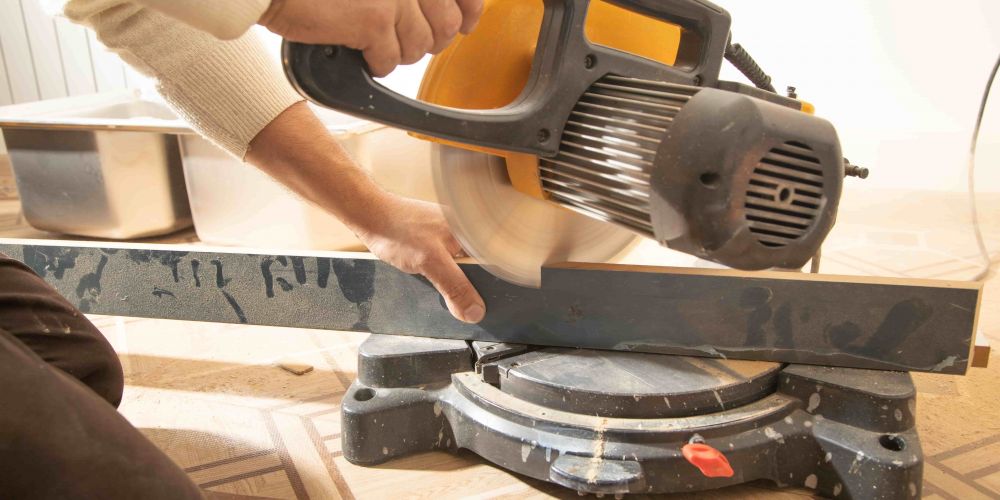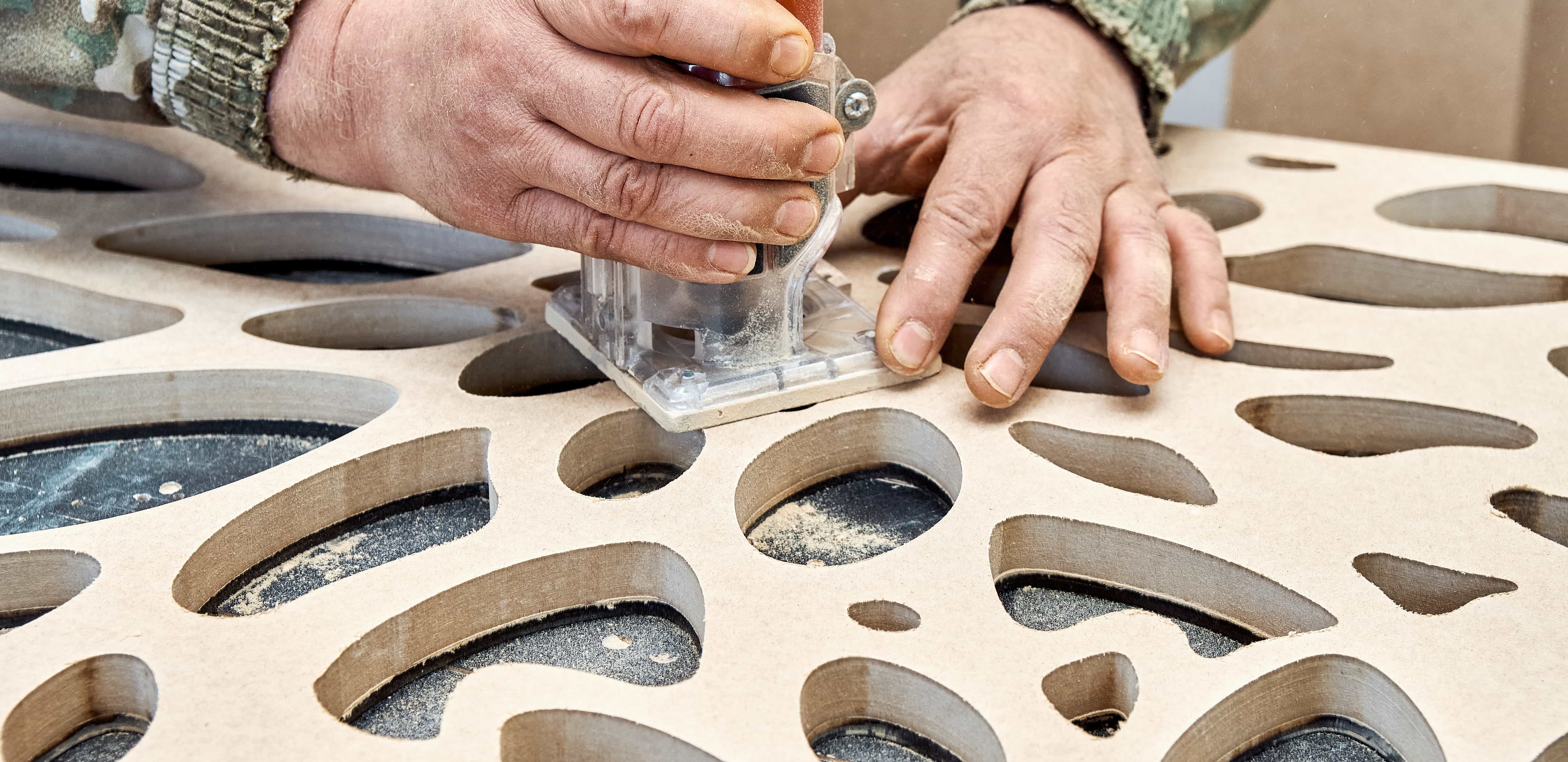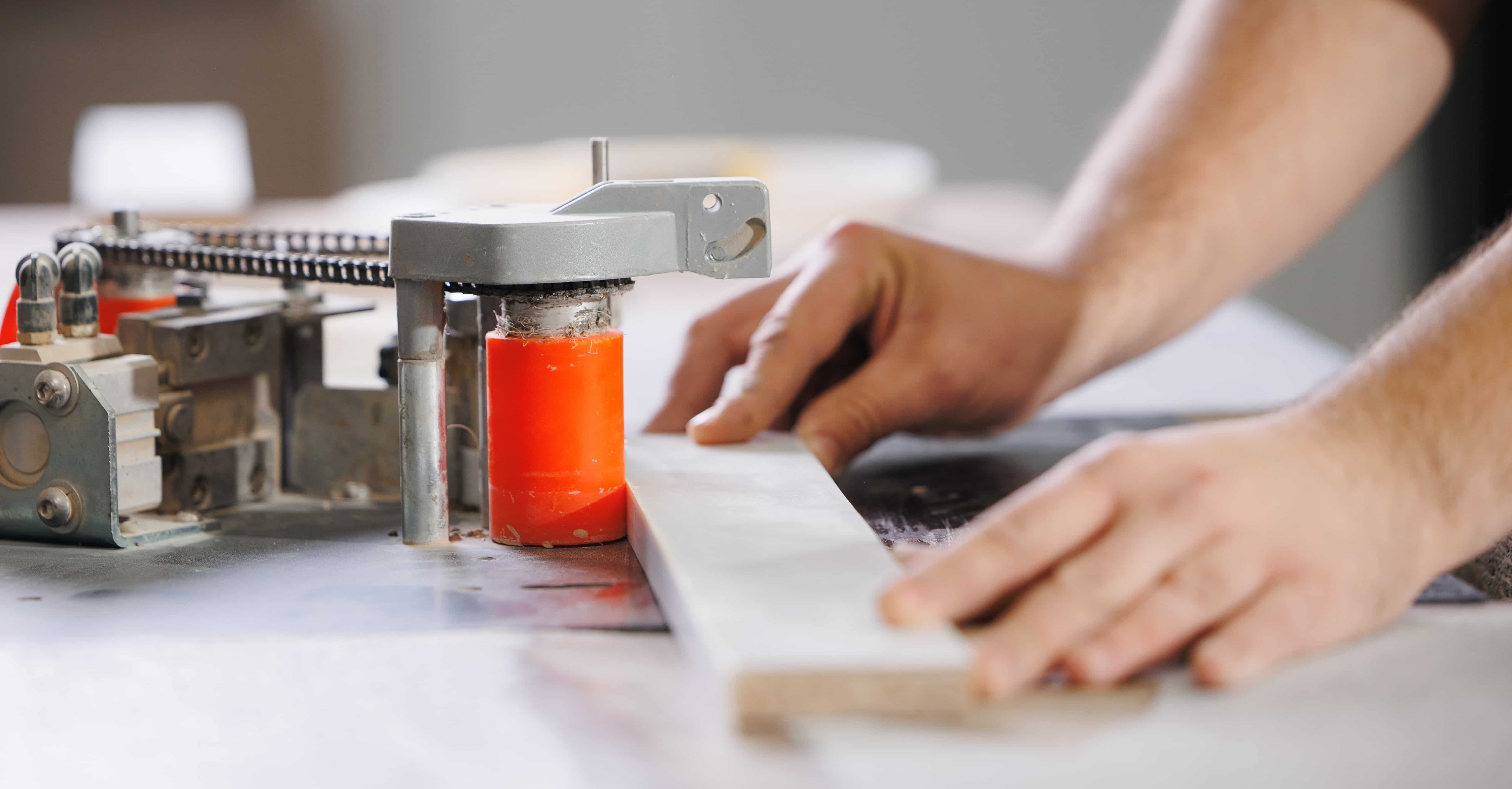Founder
James Bryant is the Founder of Cut My, an online retailer providing quality materials for home improvement and DIY projects. An avid DIY enthusiast himself, James started Cut My to share his passion for building and making things.
Easter Sale Ends Midnight Wednesday - 5% OFF orders £50+ -


Medium-density fiberboard, commonly known as MDF, has become a staple in the world of DIY projects and woodworking. This affordable, engineered wood product offers a smooth surface, uniform composition, and easy workability, making it a popular choice for furniture, cabinetry, and various other applications. However, cutting MDF requires specific techniques and precautions to achieve clean, precise results and avoid potential hazards. In this comprehensive guide, we'll explore the art of cutting MDF like a seasoned professional, covering essential tools, safety measures, and expert tips tailored for DIYers in the UK.
Before diving into the cutting techniques, it's crucial to prioritise safety when working with MDF sheets. This board generates extremely fine dust during cutting and machining processes, which can be hazardous if inhaled. To mitigate this risk, always wear a respiratory protection device, such as a high-quality dust mask or respirator, when cutting MDF indoors with power tools. Additionally, don a pair of safety glasses to shield your eyes from any flying debris, and consider wearing earplugs or earmuffs to protect your hearing, especially when operating loud power tools.
Proper ventilation is another critical aspect of working with MDF safely. Whenever possible, opt for an outdoor workspace or ensure adequate dust extraction and ventilation systems are in place. These precautions not only protect your health but also prevent the accumulation of fine dust particles in your working environment.
While power tools are often the go-to choice for cutting MDF, there are instances where basic hand tools can be equally effective, especially for smaller projects or intricate cuts. A high-quality backsaw or a Japanese-style dozuki saw with fine teeth can make clean, precise cuts in MDF with minimal tear-out. For curved or irregular shapes, a utility knife or box cutter can be an excellent option, although it may require more patience and effort.


For larger projects or when speed and efficiency are paramount, power tools are the way to go when cutting MDF board. However, it’s essential to choose the right saw blade, focusing on the number of teeth and blade width for different cutting needs, and follow proper techniques to achieve professional-quality results. Maintaining the right cutting speed is crucial for optimal results and minimizing chip-out, especially when using a circular saw.
When using a circular saw to cut MDF, opt for fine-tooth blades designed specifically for cutting wood composites or melamine-coated materials. For the best results, maintain a cutting speed between 6000 to 8000 RPM, as this range is ideal for ensuring smooth cuts without burning the material. These blades have a higher tooth count and a specialized tooth geometry that minimises chip-out and produces smoother cuts. To further enhance the quality of your cuts, consider scoring the cut line with a utility knife before running the circular saw, and use a backer board underneath the MDF to prevent tear-out on the bottom surface.
A table saw equipped with a high-quality, fine-tooth blade designed for wood composites can be a game-changer when cutting MDF board precisely. Ensure your table saw fence and mitre gauge are properly aligned, and adjust the blade height to minimise tear-out. For creating grooves or dado cuts in MDF, use a specialised dado blade set or a standard blade with multiple passes.
While jigsaws are commonly used for cutting curves and intricate shapes in MDF, they can also be employed for straight cuts, especially in tight spaces or when manoeuvring a larger power tool is impractical. As with handheld jigsaws, invest in high-quality blades designed for cutting wood composites and follow best practices, such as clamping the workpiece and using a guide rail, to achieve clean, accurate cuts.
When it comes to edge profiling, joinery, or creating decorative details in MDF, a router is an indispensable tool. Choose router bits specifically designed for use with wood composites and take shallow passes to prevent excessive chipping or tear-out. A router table can also be a valuable asset, allowing for greater control and precision when cutting MDF.
In addition to the standard power tools, several speciality tools and accessories can further enhance your MDF cutting capabilities:


Once you've successfully cut your MDF pieces, it's crucial to address the edges properly to prevent moisture absorption, swelling, and delamination. One popular option is to apply iron-on edging or edge banding, which not only seals the edges but also provides a finished, aesthetically pleasing look.
If you prefer a more minimalistic approach, you can fill and sand the exposed edges of the MDF sheet, then seal them with a suitable primer or sealer before applying your desired finish. When painting or staining MDF, it's essential to use a high-quality primer designed for this material, as it will ensure proper adhesion and prevent blotchy or uneven results.
Mastering the art of cutting MDF involves more than just the right tools and techniques – it also requires a few insider tricks and best practices. With a variety of MDF materials available, selecting the right cutting technique is crucial for the success of your project.
Before making a cut with any saw or power tool, consider scoring the cut line with a utility knife or scoring tool. This simple step can significantly reduce chipping and tear-out, resulting in cleaner, more precise cuts. The differences in cutting techniques or considerations when working with different sizes or types of MDF, such as ensuring the use of the correct blade and securing the material properly, are essential for achieving the best results.
For optimal results, adjust the blade height on your saw so that it extends only slightly below the thickness of the MDF sheet. Additionally, maintain a steady, moderate feed rate when cutting – pushing too fast or too slow can lead to rough or inaccurate cuts.
Securely clamping or firmly supporting the MDF panel you’re cutting is crucial for achieving accurate, safe cuts. Use clamps, bench dogs, or other supports to prevent the workpiece from shifting or vibrating during the cutting process.
In addition to scoring and using backer boards, consider applying low-tack masking tape along the cut line to help prevent tear-out and chipping on the top surface of the MDF.
If you're inexperienced or don't have the necessary tools for cutting MDF, consider using the services offered by Cut My. Our website allows you to order MDF cut-to-size in a wide range of types and finishes, customised to your exact size and shape requirements. From standard MDF to moisture-resistant, fire-retardant, or veneered options, we've got you covered. Additionally, we offer the convenience of custom cutouts, routing, and edge banding, ensuring your MDF pieces are ready for assembly or installation right out of the box. With fast turnaround times and convenient delivery across the UK, Cut My simplifies the process of working with MDF, allowing you to focus on bringing your DIY visions to life.
Verified
Verified
Verified
Verified
Verified
Verified
Verified
Verified
Verified
Verified
Verified
Verified
Verified
Verified
Verified
Verified
Verified
Verified
Verified